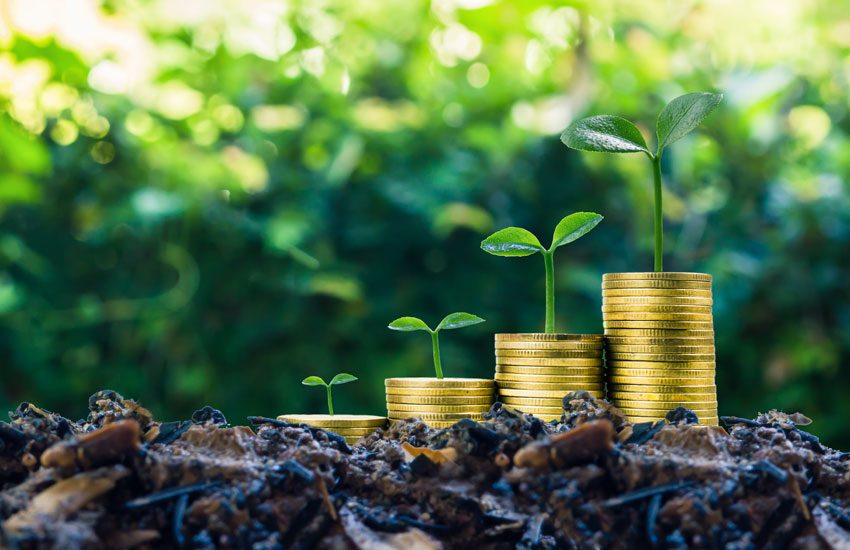The Global Carbon Council is a voluntary scheme for offsetting carbon emissions, with a mission to help organisations lower their carbon impact.
Qatar’s Global Carbon Council is negotiating the listing of its carbon credits on Middle Eastern and North African (MENA) exchanges, according to a statement by the council’s Chief Operating Officer, Kishor Rajhansa, made to The National in an interview.
The council is an international programme responsible for issuing carbon credits, essentially permits allowing companies to emit specific quantities of carbon dioxide and other greenhouse gases.
These credits form part of a wider system designed to incentivise environmentally friendly practices and provide financial support for projects aimed at addressing the climate crisis. Proceeds from the sale of the credits are funnelled towards climate action initiatives that otherwise might struggle to secure funding.
“The carbon credits we issue will be available on the exchanges for selling and spot transactions,” Rajhansa explained to The National, highlighting that these types of immediate transactions can secure better prices, as the risks associated with project registration and issuance have been mitigated.
The projected value of this financial instrument market could surpass $50 billion by 2030, as estimated by global consultancy McKinsey.
The Global Carbon Council’s credits adhere to Corsia standards, a programme run by the International Civil Aviation Organisation. A significant agreement has already been struck with the Egyptian Stock Exchange, marking Africa’s entry into the regulated voluntary carbon market back in January.
Additionally, discussions are ongoing with Saudi Arabia’s sovereign wealth fund, the Public Investment Fund, which launched the Regional Voluntary Carbon Market Company (RVCMC) last year, in collaboration with Saudi Tadawul Group.
Riham ElGizy, RVCMC’s chief executive, revealed that they oversaw the sale of more than 2.2 million carbon offsets in a single auction, reportedly the largest of its kind. ElGizy also shared plans to launch a carbon credit trading exchange in early 2024 and establish a fund specifically for investing in climate projects.
Meanwhile, the Global Carbon Council, whilst having no intentions to establish its own exchange, aims to uphold its regulatory role, ensuring the introduction of the highest quality assets to the market.
Rajhansa also asserted the development of a carbon finance facility slated for launch in 2024. The facility will be managed independently by buyers of carbon credits, aiming to ensure market stability, provide fair prices to project owners, and prevent intermediary entities from monopolising profits.
“We asked for an expression of interest from market players a year ago to apply for an independent running carbon facility and received a positive response from many market participants,” he said.
This comes in the wake of the Paris Agreement’s Article 6, which calls for the establishment of a new global carbon offsetting programme. The Global Carbon Council has responded by creating a new division tasked with assisting governments in setting up their carbon pricing policies. However, the technicalities of trading carbon credits remained unresolved at the last Cop27 climate conference in Egypt.
With the complexities of the forthcoming Article 6 still being debated, the Council’s moves signify an increasingly critical role for carbon exchanges and credits in our global effort to combat climate change.
How do carbon credits work?
Carbon markets are trading schemes in which carbon allowances are bought and sold. These platforms enable businesses or individuals to offset their greenhouse gas emissions by purchasing carbon allowances from those who decrease or sequester such emissions.
A single tradable carbon allowance equates to one tonne of carbon dioxide, or an equivalent amount of another greenhouse gas that has been reduced, captured, or prevented from being released. Once an allowance is utilised for these purposes, it becomes an offset and can no longer be traded.
Generally, there are two categories of carbon markets: compliance and voluntary.
Compliance markets emerge as a result of any domestic, regional, and/or global policy or regulatory obligation.
Voluntary carbon markets – at both the national and international level – pertain to the issue, purchase, and sale of carbon allowances, done voluntarily.
The present supply of voluntary carbon allowances predominantly originates from private organisations that initiate carbon projects, or governments that establish programmes certified by carbon standards, leading to emission reductions and/or sequestrations.
Demand is driven by private individuals seeking to offset their carbon footprints, firms with sustainability objectives, and other entities aiming to trade allowances at a higher price for profit.







